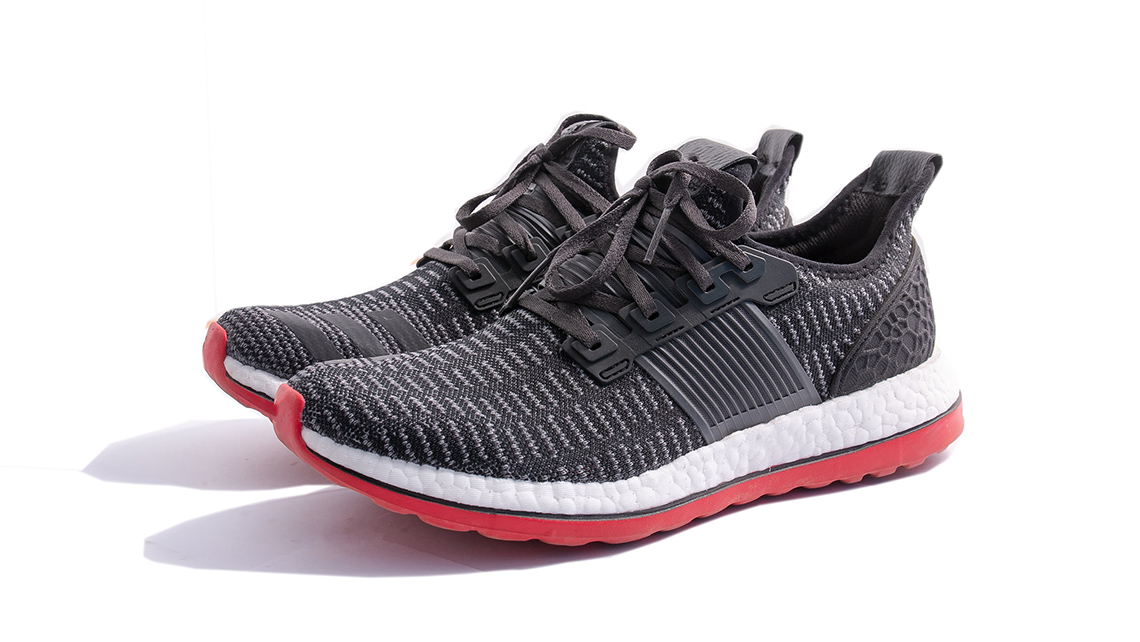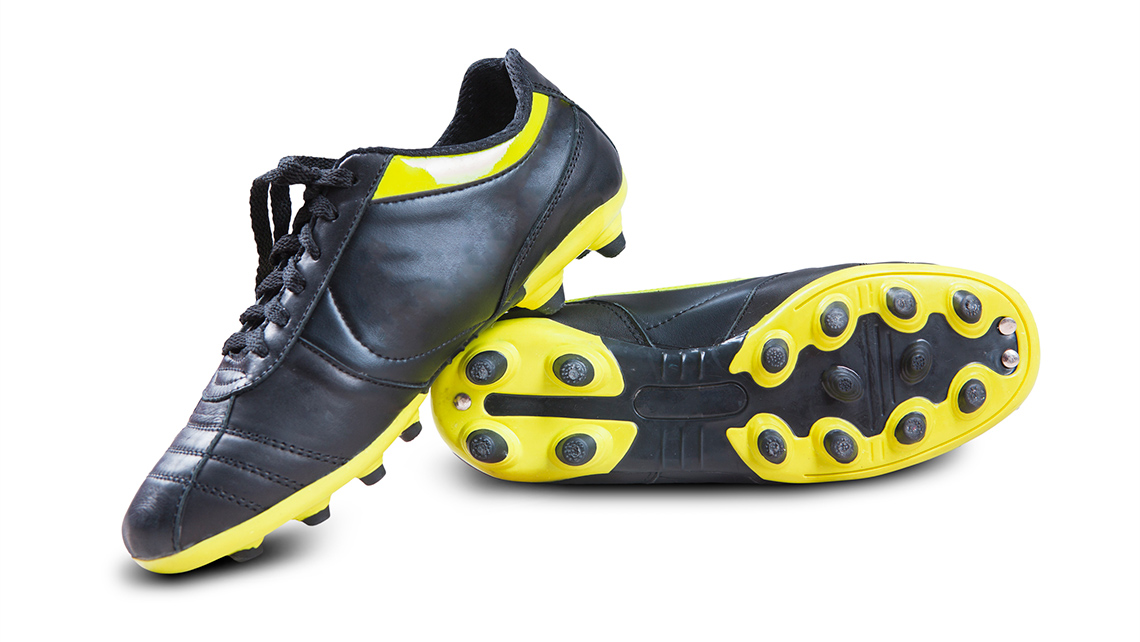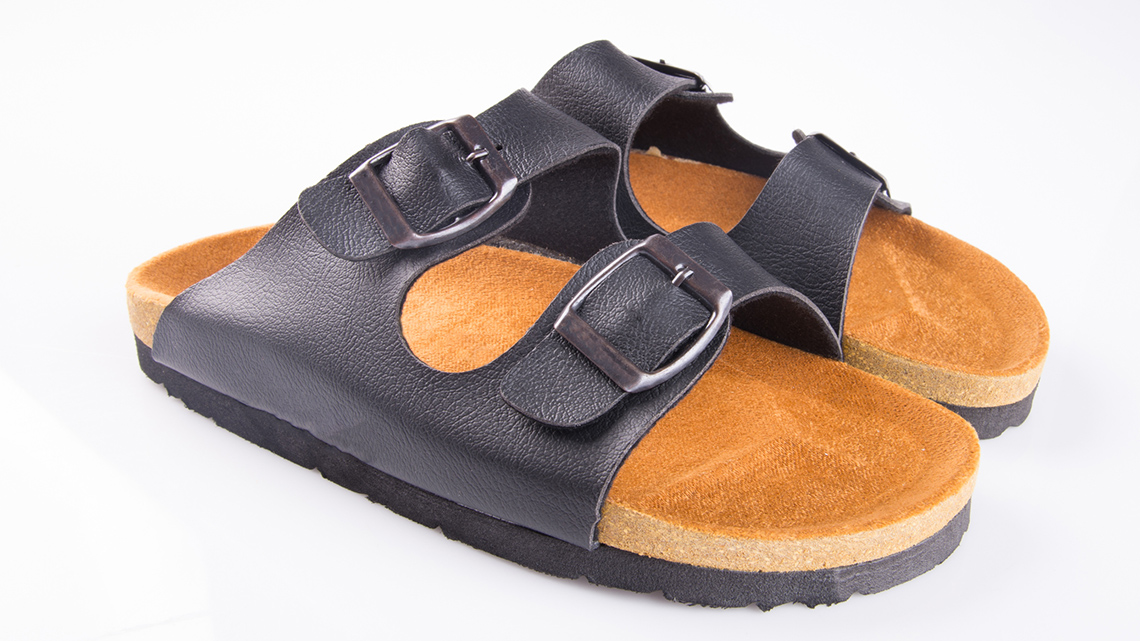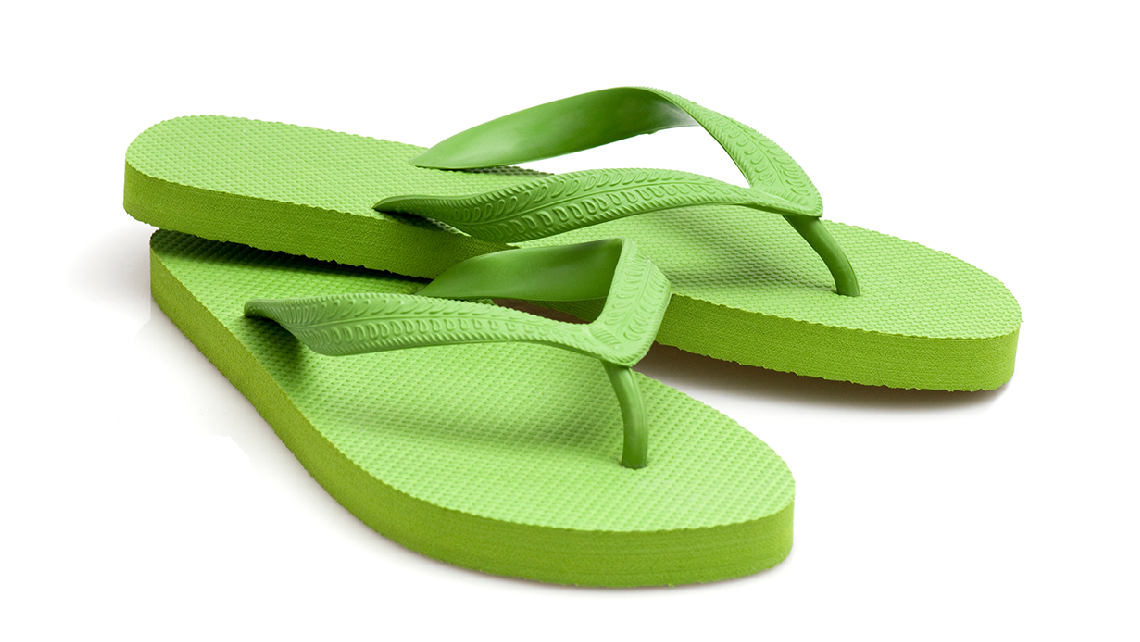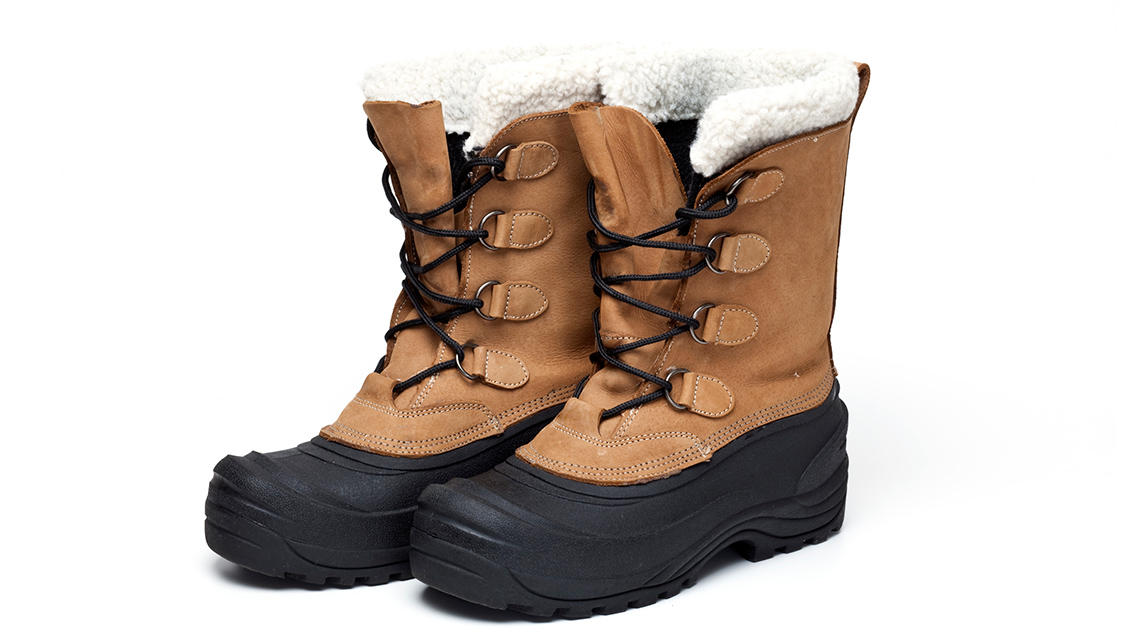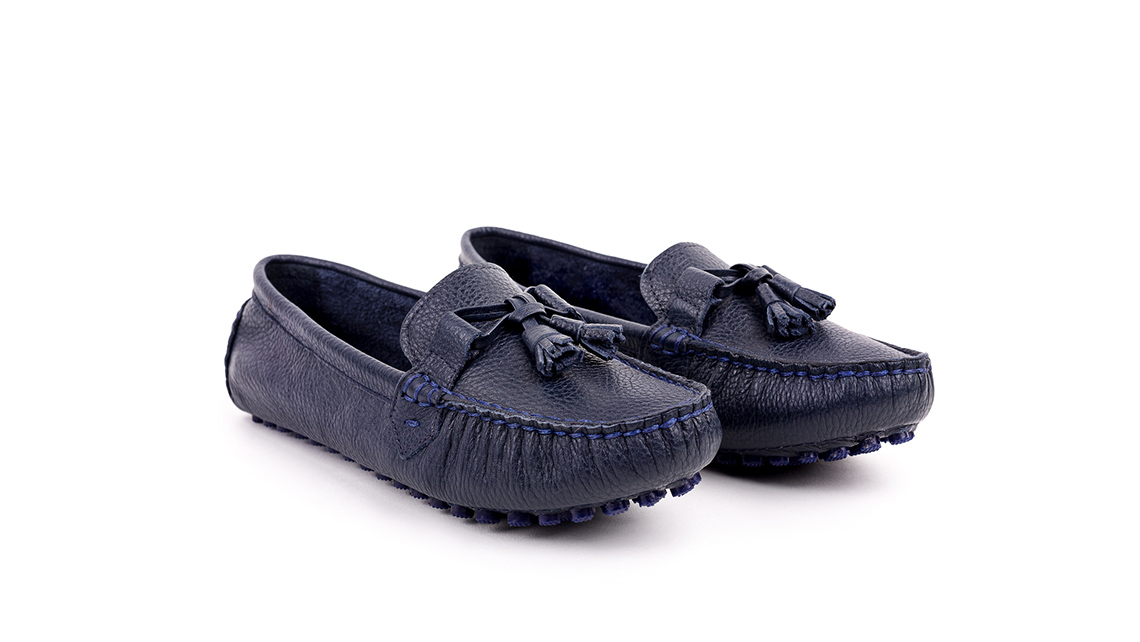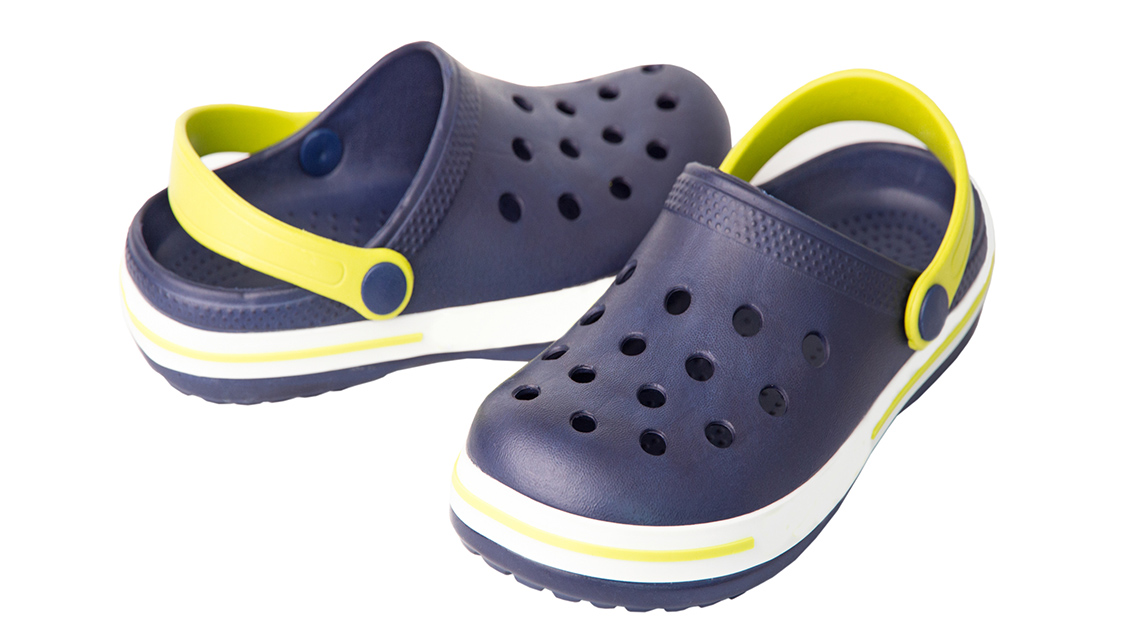Minds On
Taxonomy of living things
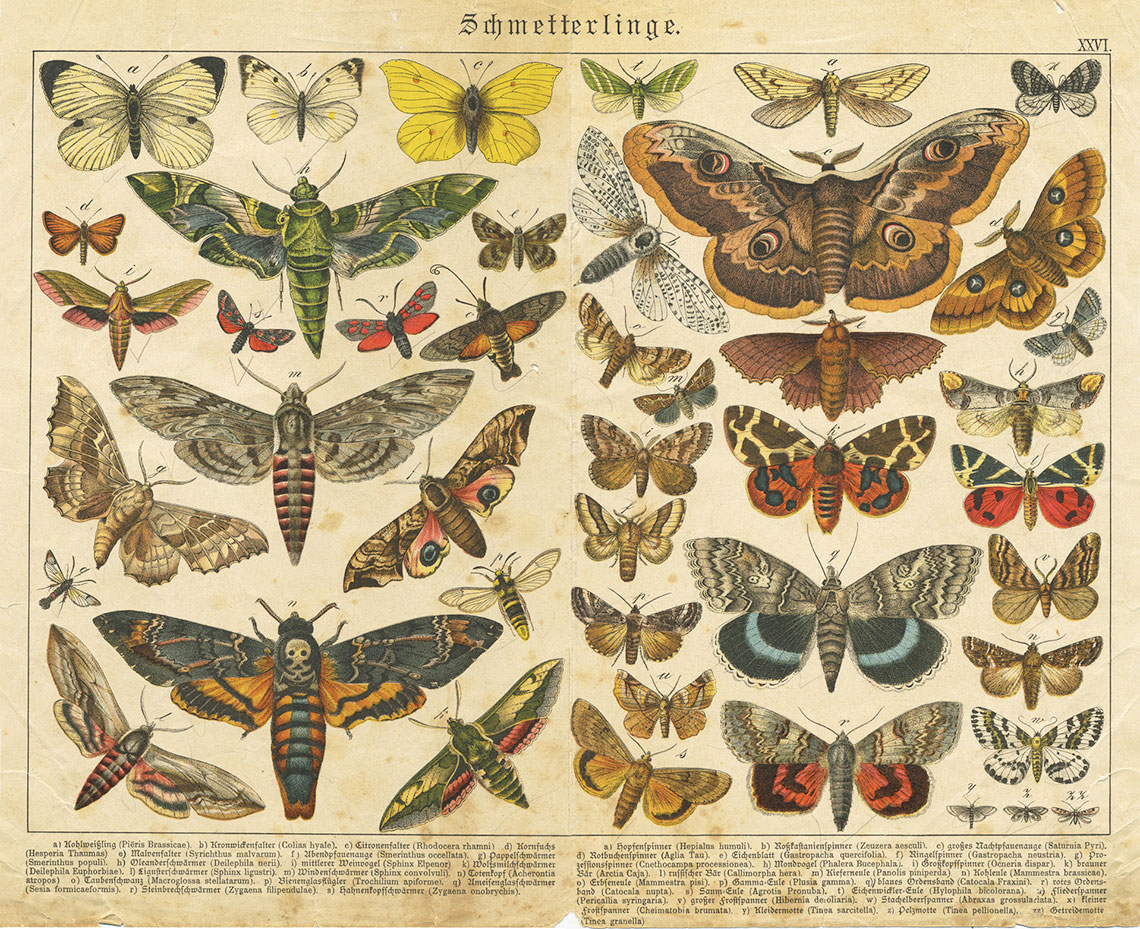
Different species of butterflies.
The science of naming and classifying living things into different groups is called taxonomy.
Western scientists classify living things in a very specific way to organize and make sense of the incredible diversity of life.
Classification also helps us understand how different living things are connected to each other.
Living or non-living?
Take a moment to observe the outdoors, either through a window or the next time you are outdoors with an adult. Make a list of things that you would classify as living or non-living, based on your observations. Your list could include sketches and labels if you wish.
Complete the Living or Non-living Chart in your notebook or using the following fillable and printable document. If you would like, you can use speech-to-text or audio recording tools to record your thoughts.
| Living | Non-living |
|---|---|
Press the ‘Activity’ button to access Living or Non-living Chart.
You may have found that classifying things as living or non-living was more complex than you thought it would be.
- Reflect upon your criteria for determining if something was living or non-living.
- What rules did you apply?
- Did you have to search and check on any of them because you were unsure?
Check your understanding!
For each of the following statements select whether they are true or false.
Pause and Reflect
Pause and reflect
Consider the following questions and record your thinking using a method of your choice.
- Which of the statements do you agree or disagree with?
- How do you define something that is alive/a living thing?
Not all of the preceding statements are easy to answer, and some require a bit more thought to what criteria need to be met for something to be considered living. This is why scientists have needed to develop a detailed system with specific criteria to classify all of the diverse things in our world.
Let’s discover more!
Action
Global connection
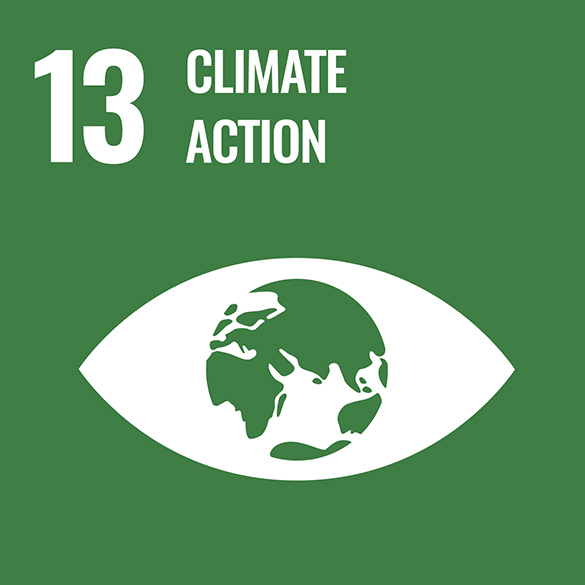
The United Nations (UN) is a group of many countries from around the world that have come together to create a better future for people and the environment. They have created 17 goals called the Sustainable Development Goals.
This learning activity is connected to Goal #13: Climate Action. This means everyone should help reduce climate change and its impact. Storms, disasters, and lack of food and water are made worse by climate change.
Classifying the diversity of life
There is so much diversity of life on Earth that scientists believe that there are over 8.7 million different species that live on our planet, but that more than 80% have yet to be discovered! With so much diversity of life, we need methods to organize and sort species so that we can learn about each one, its uniqueness, the role it plays on our planet and when a new species is identified.
Let’s learn a little bit more about how we can classify and organize different items so that we can better understand how scientists sort and classifying living things.
Classifying footwear
Let’s examine different footwear. As you do, think about how you might sort, or classify, them all? What rules would you apply? Take a moment to reflect on this as you explore the following images.
Press the following tabs to access two categories that you could use to classify (or organize) different shoes.
How did you decide to sort the shoes? Did you classify them by function or according to their physical attributes? Record your thoughts using a method of your choice.
Classifying living things
Scientists use a complex classification system to sort and organize living things. Living things that are made up of more than one cell first get categorized into what are called “kingdoms.” The total number of kingdoms is one of some debate as scientists continue to discover new facts and new organisms on a regular basis. Three of the kingdoms that tend to remain constant are:
Plantae (plants): living things in this kingdom make their own food and do not move around.
Animalia (animals): living things in this kingdom eat other organisms to get their food and are able to move around.
Fungi: fungi, such as mushrooms and yeast, get their food by absorbing it from other organisms and do not move around.
Try It
Identifying living things
With the permission of a trusted adult, use a skipping rope, hula hoop, string, or garden hose to set up a small area that you can study outdoors. How many different living things can you identify? Create a list using a method of your choice.
Check out this ScienceXplosion video entitled “Circle of Life” to explore an example of what to do.
Now that you’ve created your list, organize the living things into different categories. What rules would you apply?
Classification categories

The classification pyramid for living things in order from most broad category containing many organisms to most specific category with only one type of organism: kingdom, phylum, class, order, family, genus, species.
Classifying living things is much more complex than just deciding which kingdom they belong to. There are seven subcategories used to classify living things, starting with the kingdom. As we move to each progressive subcategory, we narrow down the number of organisms and get more and more specific in our characteristics.
For another example from the animal kingdom, examine the following taxonomy, or classification, of dogs.
Taxonomy of a dog

Try It
Your turn!
Choose one of the living things that you observed outside and answer the following questions in your notebook or using a method of your choice.
- What kingdom does the living thing belong to (animalia, plantae, fungi)?
- Now that you have identified the living thing’s kingdom, how else could you organize it? (for example: Is it a vertebrate or invertebrate? If a vertebrate, is it a mammal, bird, reptile, amphibian, or fish? If an invertebrate, is it a worm or an arthropod, for instance?)
- Include a sketch or a picture of the living thing and label the features and characteristics that help with its classification.
Press ‘Definitions’ to access explanations of the terms vertebrate, invertebrate and arthropod.
Definitions
Vertebrate: Animals that have a backbone, including mammals, birds, reptiles, amphibians, and fishes.
Invertebrate: An animal with no backbone, such as insects, spiders, jellyfish and clams.
Arthropod: An invertebrate animal of the large phylum Arthropoda, such as an insect, spider, or crustacean.
Check your understanding!
Connecting to climate change

The accelerated changes to our planet’s climate are happening faster than many living things can adapt to, and the effects of climate change, such as more severe storms, increased drought, and hotter temperatures, are also destroying habitats and increasing health risks. All of this means that we are losing species at a more rapid than usual rate.
Classifying organisms to better understand them helps scientists understand just how many species we are losing and how quickly we are losing them. It also allows scientists to track, if and how, any species might be changing or adapting to be able to learn from them and to be able to potentially put into place systems that could help other species’ survival.
Historically, Western scientists have focused on understanding the world around them through separation and classification like in taxonomy. Indigenous worldviews are now being interwoven into Western science as many Indigenous teachings consider the interconnectedness of all things.
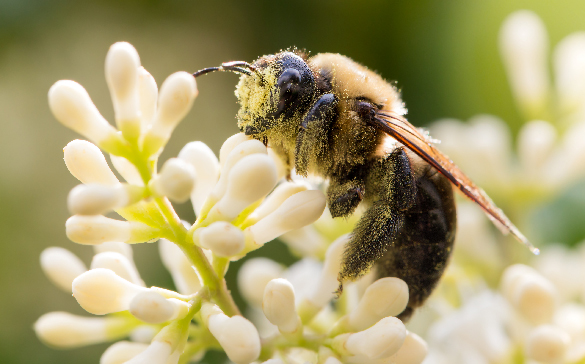
Within many of the vast and different Indigenous groups throughout the world, it is understood that all of the elements in the universe, both animate (alive) and inanimate (not alive), are connected and are all dependent on one another for life because of the spirit that lives within each.
Given the interconnectedness of all living things, it is essential to understand all of Earth’s organisms so that we can ensure the continued survival of our planet and all work together to do our part to protect the Earth and all within it.
Consolidation
The importance of classification

Throughout this learning activity we have explored how humans sort and categorize everyday items and how scientists classify living things. We touched upon the interconnectedness of life on our planet and the impacts of climate change to the diversity of life.
In your notebook, or using another method of your choice, summarize your learning and understanding by recording your answers to the following questions:
- Why is biodiversity so important?
- Why is it important to classify all living things?
Record your thinking in your notebook or using a method of your choice.
Try It
Try it
Choose a living organism and challenge yourself to try and do a full classification of it using all seven categories of the hierarchal classification system.

The classification pyramid for living things in order from most broad category containing many organisms to most specific category with only one type of organism: kingdom, phylum, class, order, family, genus, species.
Challenge yourself to think about how the organism that you chose connects with the survival of other organisms.
Record all of your work using a method of your choice.
Reflection
As you read through these descriptions, which sentence best describes how you are feeling about your understanding of this learning activity? Press the button that is beside this sentence.
I feel…
Now, record your ideas using a voice recorder, speech-to-text, or writing tool.
